Fertiliser use in Ireland has been steadily growing for the last decade, however, there are recent signs that fertiliser sales may be levelling off. Table 1 shows the fertiliser sales for the 2017 to 2019 seasons.
The effects of the drought conditions, which caused shortages of fodder on many farms and increased fertiliser sales in 2018, led to on average a 10% increased use of nitrogen (N), phosphorus (P) and potassium (K) nationally, compared to the previous year.
In 2019, fertiliser sales were closer to those in 2017, with a small increase (5%) in K fertiliser sales in particular.
In future, increased and targeted use of P and K fertilisers will be needed to tackle low soil fertility on many farms, considering that only 15% of grassland soils have optimum soil fertility levels.
It is imperative that farmers address soil fertility deficiencies with appropriate applications of P and K fertilisers to maximise grass and crop response from all nutrients applied, in particular N.
Soil fertility improvements
Over the last number of years, the soil samples from commercial farms analyzed by Teagasc indicate that soil fertility levels on Irish farms are turning a corner, with positive signs of overall improvement (Figure 1).
In the last three to four years, there have been significant improvements in soil pH across all farming enterprises, with currently 54% of the grassland soils tested with an optimum soil pH =6.3.
In addition, when considering soil pH, P and K together, overall good soil fertility on grassland farms has increased from 10 to 15% and on tillage farms from 15 to 20%, as shown below.





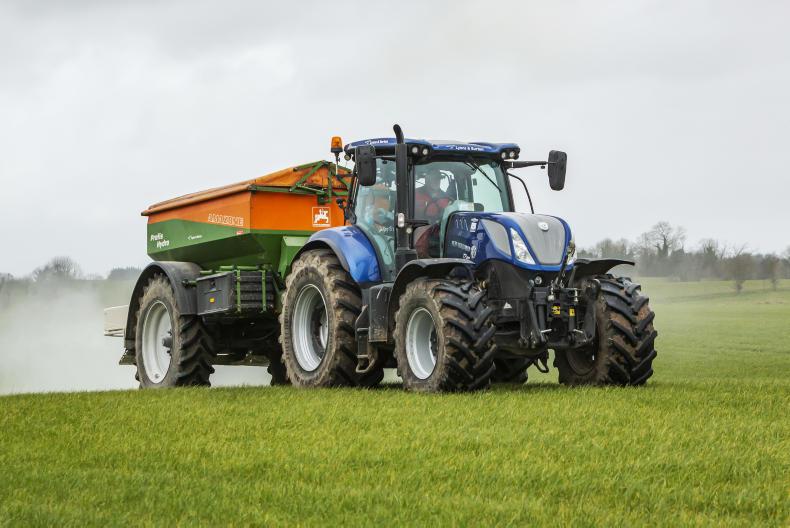
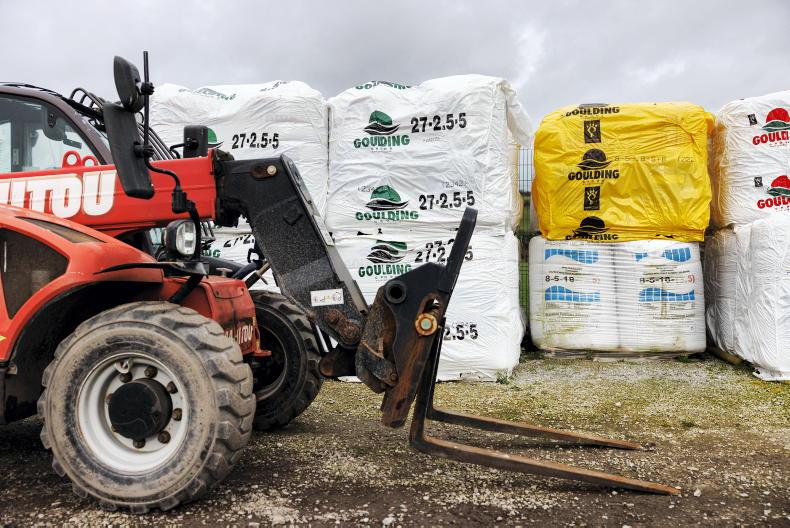

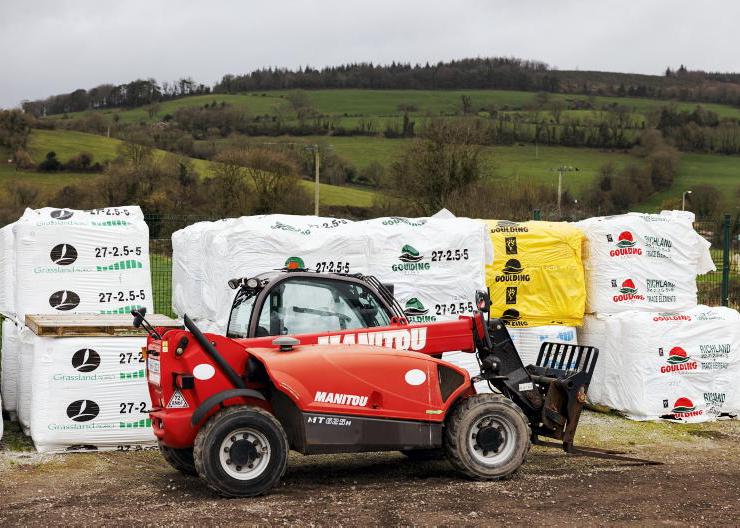
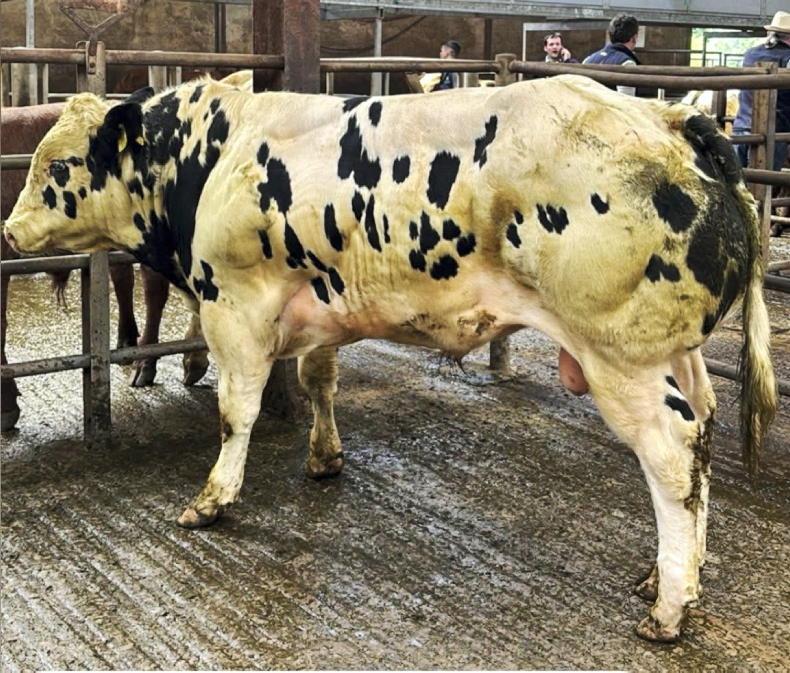
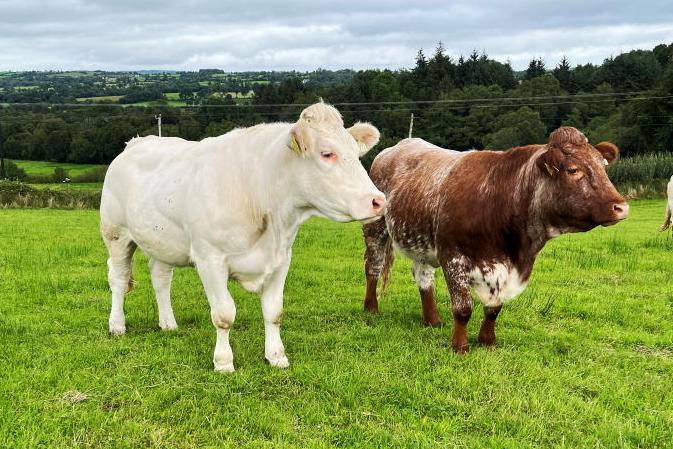
SHARING OPTIONS